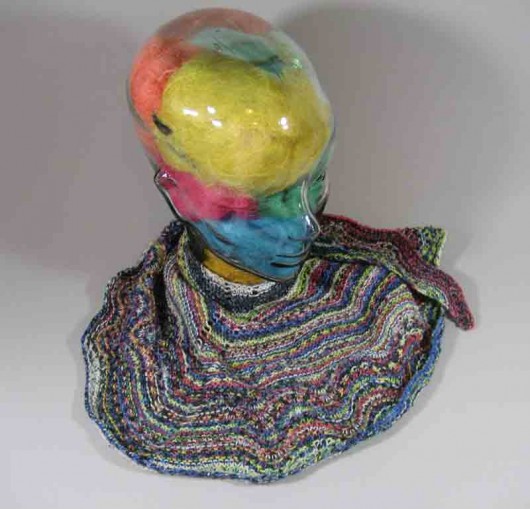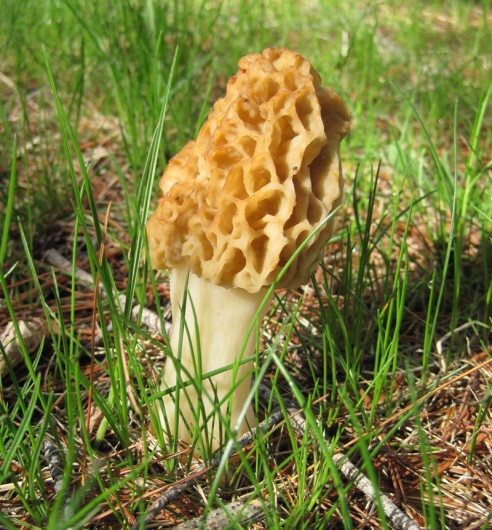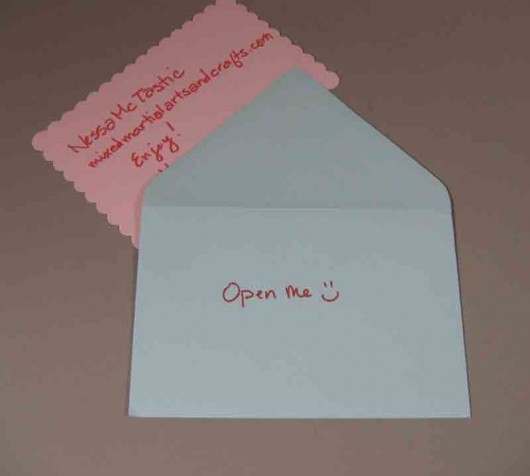
This is Multnomah, knitted of 4-ply Opal fingering weight sock yarn, by Zweger Garn. The yarn has been in my stash for ages. I planned to knit a pair of socks with it, but this scarf, small shawl, shawlette got knit instead. I am well-satisfied with the pattern and the result.
Multnomah is designed by Kate Elsa. This is her free pattern. True to my curiosity about pattern names, here’s the scoop on Multnomah. It is named after a county near Portland, Oregon, that is so lush and green it reminded Kate about the beautiful green shades colorway she was working with as she designed the pattern.
I knit all the increases and all the feathers and fans out of a 372 yard skein and had what I estimate was about 30 yards left. This pattern has been knit and posted on Ravelry 4442 times. There are zero mistakes in the pattern–what a treat!
Here’s why Multnomah is my personal small triumph. In more than 50 years of knitting I’ve never tried feather and fan. Who knew it was so easy? What is true of many knits is that once you know the basics, if you want it pretty much you can knit it.
Well, pretty much. I can’t knit with beads. I stink at “real” lace. Lucy Neatby’s Camelot Socks have defeated me. Twice, actually. Beverly Royce’s Stuffed Pony, from her book “Notes on Double Knitting” is knitted all in double-knit and has never been able to happen for me. Oh, add two-color brioche to what I can’t seem to master. Speaking of master, that would be Nancy Marchant, briocher on Rav, with her wonderful book and website, that still can’t get through to me. Hmm. Well. Apparently, mostly what I decide to knit I can make happen. But feather and fan? Don’t be daunted by feather and fan. Piece ‘o cake!











